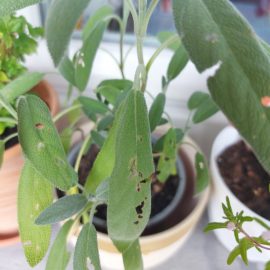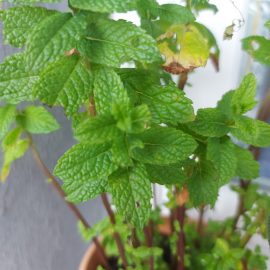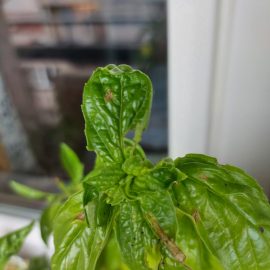The cabbage moth (Mamestra brassicae) – pest management
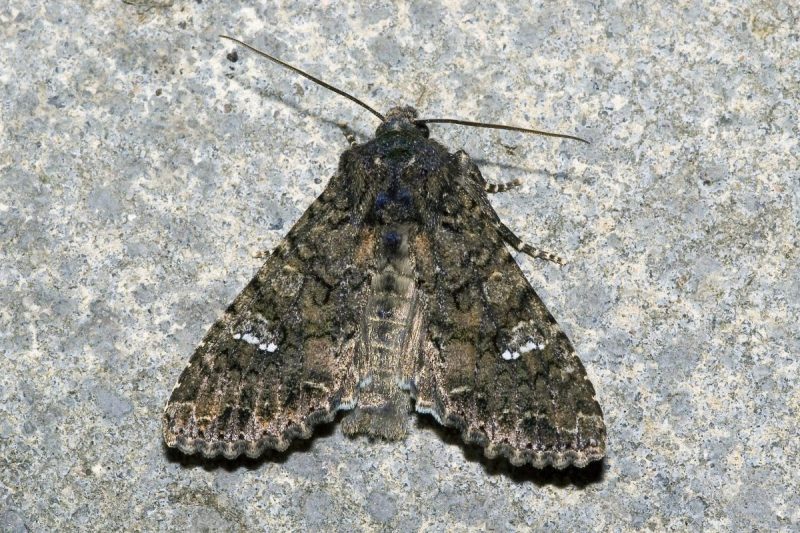
The cabbage moth, Mamestra brassicae, is a species widespread in Asia, America, and Europe.
Description. The adult has a wingspan of 40-45 mm in length. The anterior wings are brown-gray, with darker transverse lines and white kidney-shaped spots. The egg is gray-green, with longitudinal streaks and a brown, circular band, arranged in the middle. The larva is variable in color, from gray-brown to green, with a black head and prothorax.
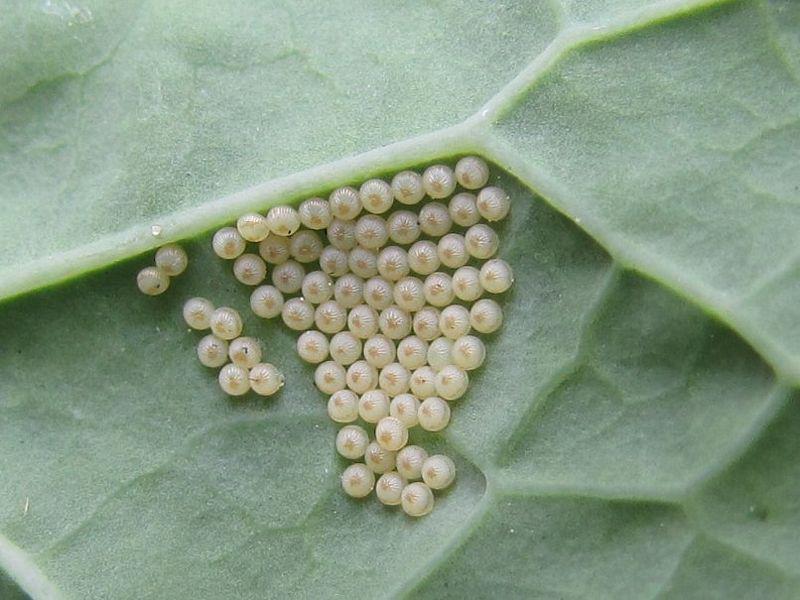
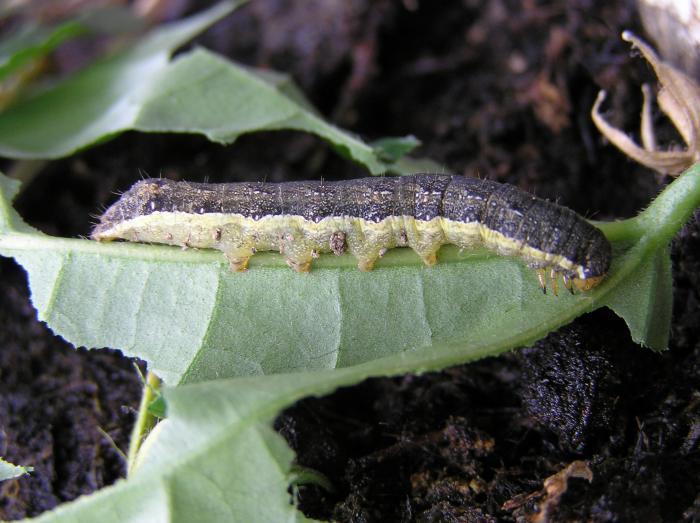
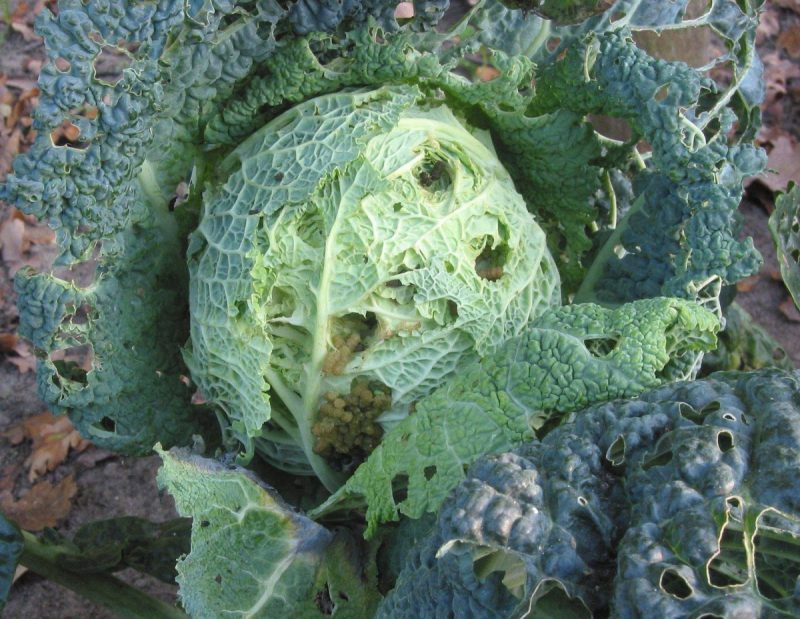
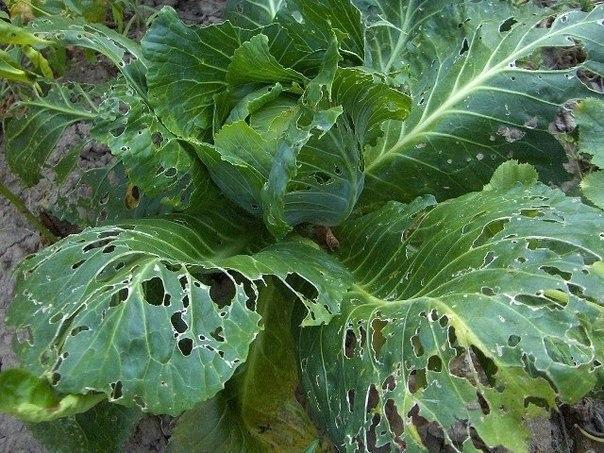
Biology. It usually produces two generations per year and overwinters in the chrysalis stage in the soil. The first generation develops during May-July. Butterflies from the autumn generation appear until the end of May and fly at night, while during the day, they stay hidden on the underside of the leaves. In July, a few days after their appearance, the mating, and laying of the eggs takes place, from which the first generation develops.
This period lasts 15-25 days, the eggs being laid in the evening and at night in groups of 20-100, on the underside of the leaves. The incubation period lasts 10-14 days after which the larvae hatch. During the day the larvae sit on the underside of the leaves, and at night they feed on the leaves (leaving only the main ribs intact). In July, after the last molting, the larvae descend into the soil, where they turn into pupae. The pupa stage lasts 10-12 days, after which the adults appear. The first generation of butterflies appears towards the end of July, and after 1-3 days, the copulation and the laying of eggs take place. The cycle is repeated as in the case of the first generation, until September, when the larvae descend into the soil to a depth of 8-15 cm, where they build pupal chambers inside which they turn into pupae, a stage in which they overwinter.
Attacked plants and damages
The cabbage moth is a polyphagous pest, attacking cabbage, cauliflower, kohlrabi crops, and other cultivated and spontaneous cruciferous plants. When they appear, the caterpillars can be found on the underside of the leaves they consume. During the last stages, they make holes in the leaves and dig galleries in the cabbage. The attacked cabbage plants rot due to the attack of the larvae and their excrements, which favor the development of various pathogens. The larvae from the first generation attack the early summer cabbage, and the larvae from the second generation, the autumn cabbage – cause the greatest damage. The attack takes place, especially at night.
Control. A large part of the pupae in the soil can be destroyed through deep autumn plowing. In combating this pest the best results are obtained by applying chemical treatments against young larvae because the older ones are more resistant to insecticides.
Chemical treatments should be carried out with specific insecticides.
Recommended products
-
You can find products on a different store
Change Store -
You can find products on a different store
Change Store -
You can find products on a different store
Change Store -
You can find products on a different store
Change Store -
You can find products on a different store
Change Store -
You can find products on a different store
Change Store -
You can find products on a different store
Change Store -
You can find products on a different store
Change Store -
You can find products on a different store
Change Store -
You can find products on a different store
Change Store -
You can find products on a different store
Change Store -
You can find products on a different store
Change Store -
You can find products on a different store
Change Store -
You can find products on a different store
Change Store -
You can find products on a different store
Change Store -
You can find products on a different store
Change Store -
You can find products on a different store
Change Store -
You can find products on a different store
Change Store -
You can find products on a different store
Change Store -
You can find products on a different store
Change Store -
You can find products on a different store
Change Store -
You can find products on a different store
Change Store -
You can find products on a different store
Change Store -
You can find products on a different store
Change Store















































































































































































































































































































































































































































